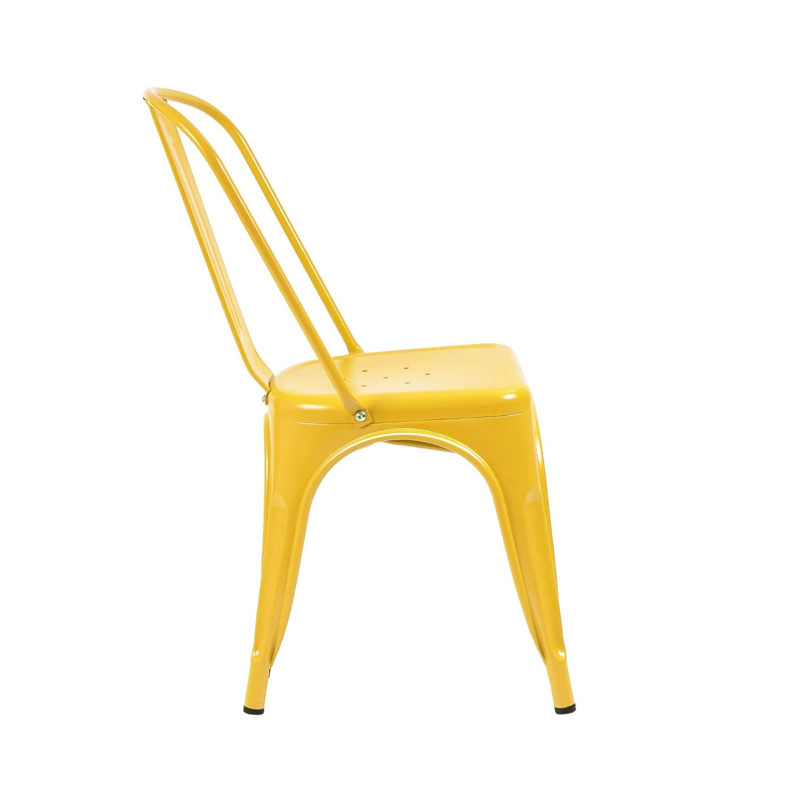What kind of chairs are in waiting rooms?
The chairs commonly found in waiting rooms are typically designed for comfort, durability, and functionality. These chairs serve a specific purpose in providing seating for individuals waiting for appointments, services, or transportation. The design and selection of chairs for waiting rooms are influenced by various factors to ensure a positive experience for users and to enhance the overall environment of the space.
Waiting rooms often feature a variety of chair types to accommodate different preferences and needs. Some of the most common types of chairs found in waiting rooms include:
1. Armchairs
Armchairs are a popular choice for waiting rooms due to their comfortable design and supportive armrests. These chairs provide a sense of relaxation and offer a more substantial seating option for longer wait times. Armchairs come in a range of styles and materials, from traditional upholstered designs to modern ergonomic models.
2. Side Chairs
Side chairs are versatile seating options commonly used in waiting areas. These chairs typically have a compact footprint and can be arranged in rows or clusters to maximize seating capacity. Side chairs come in various designs, including stackable models for easy storage and modular configurations for flexibility.
3. Bench Seating
Bench seating is often employed in high-traffic waiting rooms where space optimization is essential. Benches provide uniform seating along a wall or in a central area, accommodating multiple individuals simultaneously. Bench seating is available in different lengths and styles, allowing for customization to fit the specific layout of the waiting room.
4. Reception Chairs
Reception chairs, also known as guest chairs, are designed to make a positive impression on visitors while offering comfortable seating. These chairs are commonly used in professional settings such as medical offices, salons, and business lobbies. Reception chairs often feature ergonomic designs, durable upholstery, and modern aesthetics to complement the overall decor of the waiting room.
The Advantages of Incorporating Tolix Chairs in Home Decor
How to Remove Stains from Plastic Outdoor Furniture in 2024
How to Remove Stains from Plastic Outdoor Furniture
Key Questions to Ask When Ordering How to Maintain Outdoor Plastic Furniture
How to Choose the Best Methods for Cleaning White Plastic Furniture?
How Long Does Furniture Typically Last?
The Advantages of Understanding the Average Lifespan of Home Appliances
The selection of chairs for waiting rooms is based on considerations such as the expected volume of visitors, the duration of wait times, and the desired ambiance of the space. Comfort, durability, and ease of maintenance are key factors in choosing appropriate seating options to ensure that individuals waiting in the room have a pleasant experience.
In addition to providing seating for visitors, chairs in waiting rooms contribute to the overall atmosphere and functionality of the space. Well-designed and comfortable chairs can create a welcoming environment, reduce stress and anxiety, and improve the overall perception of the service or organization. By selecting chairs that meet the needs of both visitors and staff, waiting rooms can enhance efficiency, comfort, and satisfaction for all individuals utilizing the space.
In conclusion, the types of chairs in waiting rooms are carefully selected to balance comfort, functionality, and aesthetic appeal. These chairs play a vital role in creating a positive and inviting environment for individuals waiting for appointments or services. Through thoughtful design and consideration of user needs, the chairs in waiting rooms contribute to a more pleasant and efficient experience for all stakeholders.
4 Tips for Selecting the Perfect Outdoor String Lights
Best Paints for Reviving Plastic Chairs
4 Tips to Decide If We Can Paint Plastic Chairs
How Does Revamping Old Furniture Work?
10 Questions You Should Know about Painting Plastic Outdoor Chairs
Transform Your Space: Stylish Plastic Chairs for Every Decor
Can You Effectively Paint Plastic Chairs Without Peeling?
None
None
Related Articles






Comments